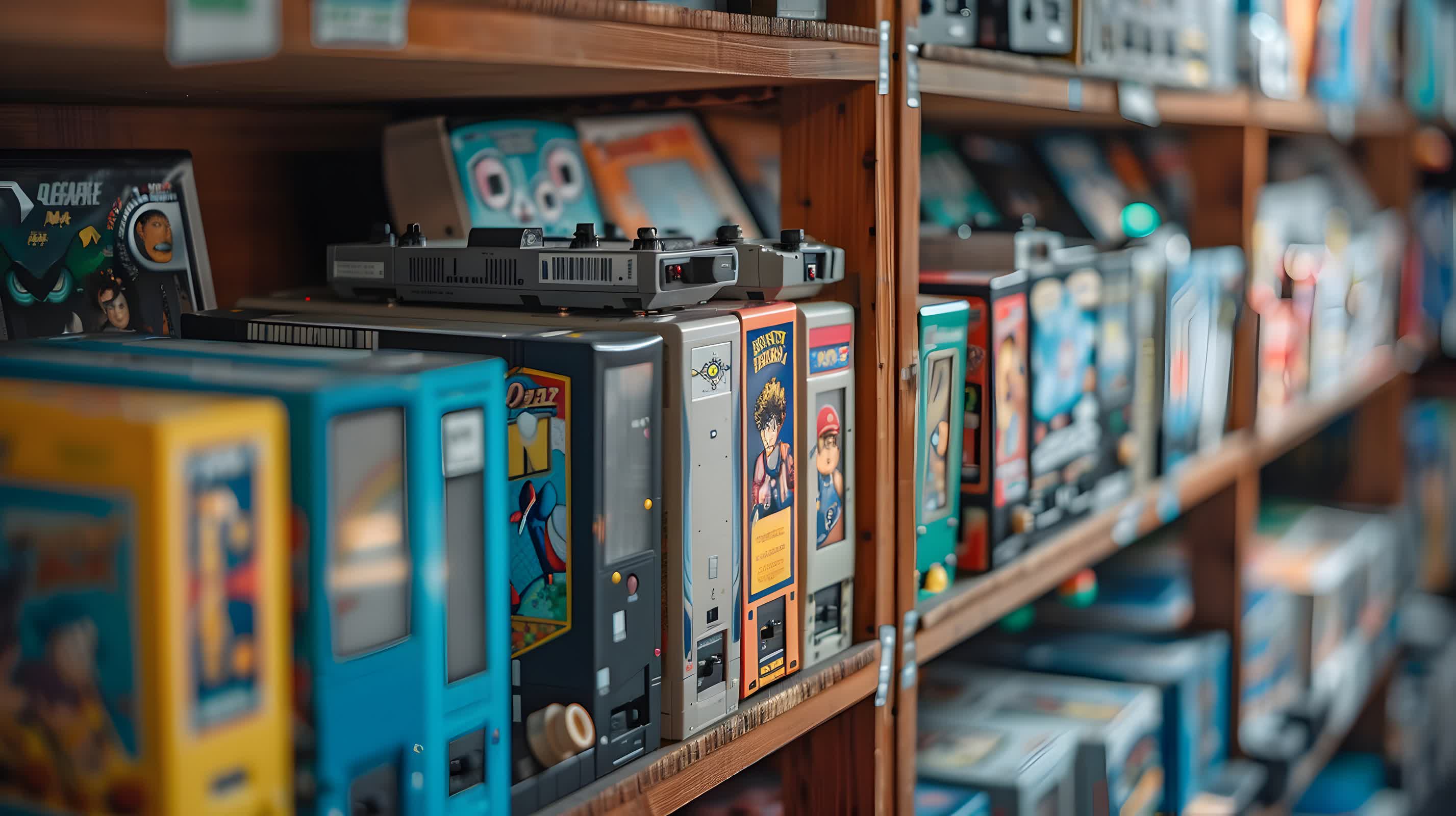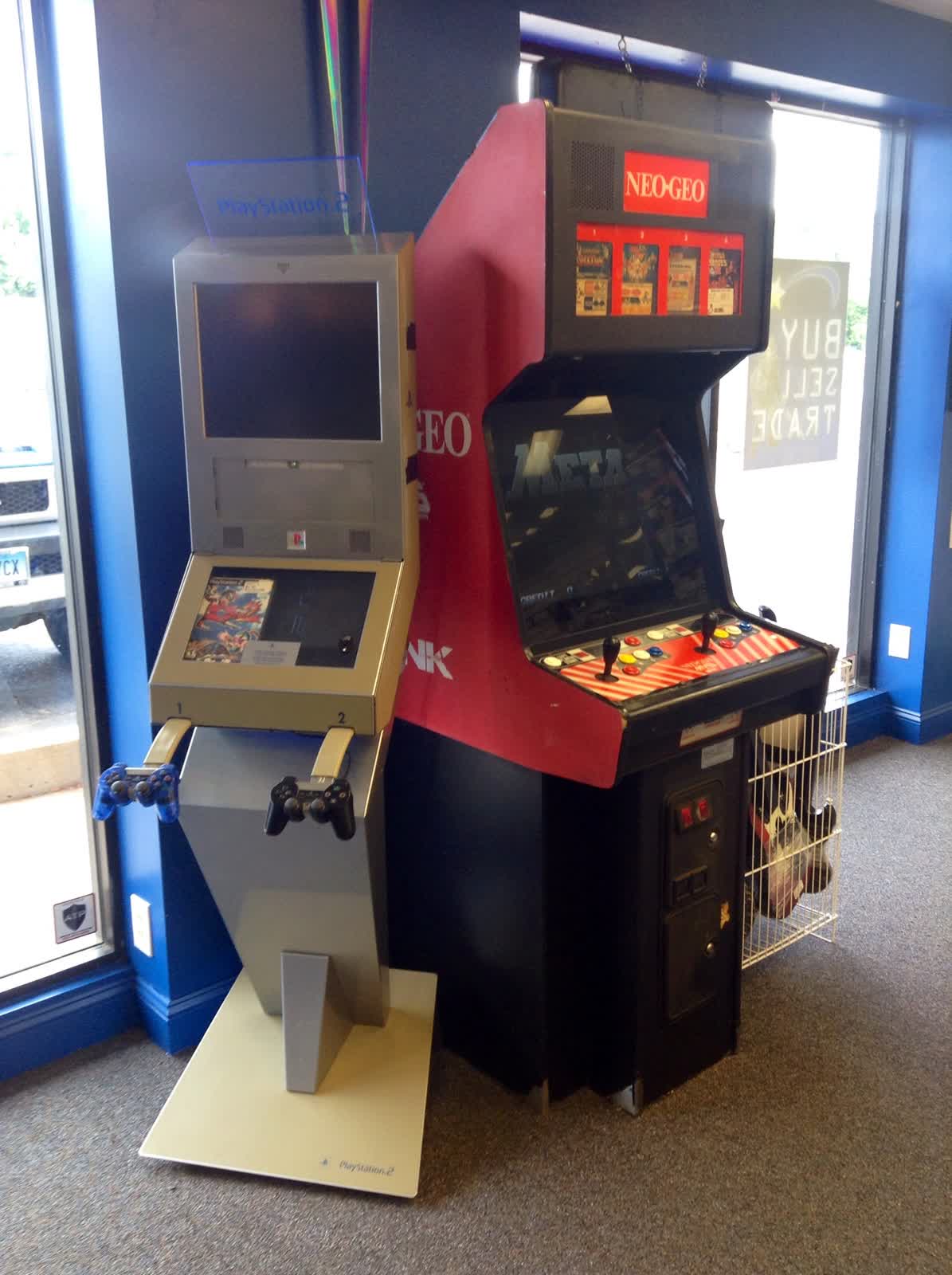In a nutshell: A recent study has shed light on the challenges posed by outdated anti-piracy measures in video game preservation efforts. While modern games protected by Denuvo's anti-tamper technology typically succumb to piracy after 68 days on average, older games with legacy protection systems have demonstrated a surprising resilience against cracking attempts.

Conducted by data scientists Kristofer Erickson and Felix Rodriguez Perez in collaboration with the University of Glasgow, the research centered on MAME (the Multiple Arcade Machine Emulator) and its pivotal role in preserving vintage video games. The research highlights how obsolete protection mechanisms are now hindering attempts to archive and maintain access to classic games.
MAME is an open-source project that launched on February, 1997 and has grown to emulate an impressive array of over 14,377 legacy devices, including 3,783 arcade machines with roots stretching back to 1979.
The study's findings reveal a significant hurdle in the preservation process: Technological Protection Measures (TPMs). Of the 3,783 arcade machines examined, 712 were found to contain TPMs that required circumvention for preservation purposes. These protected games proved to be formidable opponents, taking an average of 10.6 months each to crack. When tallied, the total cracking time for the entire sample amounted to a staggering 628 years.

This considerable delay in preservation efforts also translates to a social cost, with the impact felt not only in terms of volunteer labor but also in the unavailability of preserved copies for research and innovation. There's also a risk of permanent loss if rights holders or TPM manufacturers become untraceable.
The researchers identified several key challenges to circumvention in legacy games. Encryption of game data emerged as the most common form of protection, present in 10 percent of the arcade sample.
Memory Controller Units (MCUs), which manage data flow and can include memory scrambling features, also posed significant obstacles. More exotic protection methods included so-called suicide chips, exemplified by the Hitachi FD1089 / FD1094 found on Sega System 16 boards. These chips required battery power to function correctly and verify game contents, earning them the ominous moniker from the preservation community.
Finally, early Atari games employed slapstick protection, designed to prevent unauthorized upgrades by machine operators.
In response to these challenges, the study proposes several policy actions. These include clarifying that cultural heritage institutions may circumvent TPMs for preservation purposes without navigating complex administrative processes, and weighing the future costs of TPMs against the protections granted to rights holders.
Additionally, the researchers suggest requiring rights holders to maintain and offer robust means for European institutions and researchers to access TPM-protected works in the future.
Study finds cracking protections in 712 vintage games took 628 years